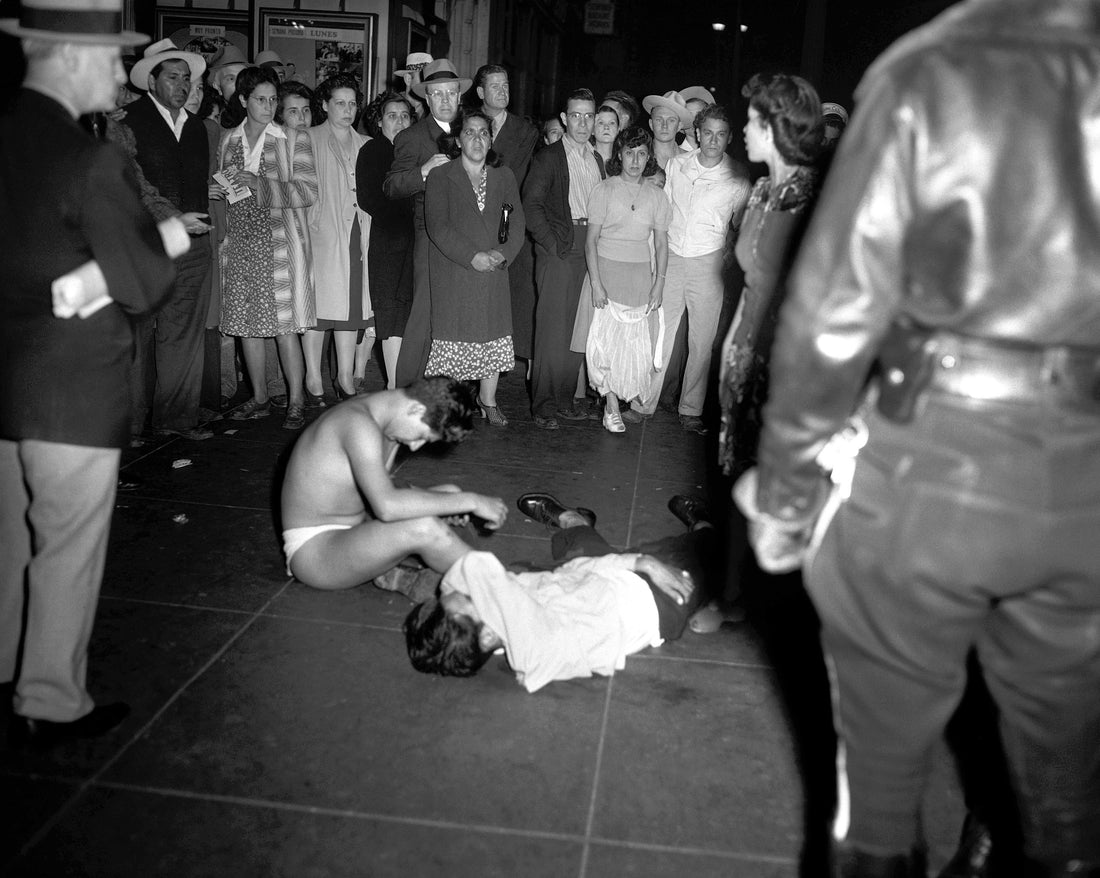Zoot Suit Riots and Their Impact on Chicano Street Wear Culture
The Zoot Suit Riots were a significant event in American history that had a profound impact on Chicano street wear culture. Occurring in Los Angeles during the early 1940s, these riots were fueled by racial tensions and cultural conflicts.
At the time, the zoot suit was a popular fashion choice among Mexican-American youth. The zoot suit was characterized by its oversized proportions, with high-waisted, wide-legged pants and long, padded jackets. This flamboyant and rebellious style was seen as a form of self-expression and a way to challenge societal norms.
However, the zoot suit came to symbolize much more than just a fashion trend. It became a powerful statement of identity and resistance for the Chicano community. The riots were a direct response to the discrimination and prejudice faced by Mexican-Americans during that era.
The Zoot Suit Riots
The Zoot Suit Riots took place in the summer of 1943. The tension between the Mexican-American community and white servicemen stationed in Los Angeles was escalating. The media played a significant role in fueling the unrest by portraying Mexican-American youth as criminals and delinquents.
On the night of June 3, 1943, a group of sailors claimed they were attacked by a group of Mexican-American zoot suiters. In retaliation, a mob of servicemen roamed the streets of Los Angeles, specifically targeting Mexican-American youth wearing zoot suits. They stripped them of their clothing, beat them, and left them humiliated.
Impact on Chicano Street Wear Culture
The Zoot Suit Riots had a profound impact on Chicano street wear culture. While the riots initially sought to suppress and marginalize the Chicano community, they ultimately sparked a sense of unity and defiance.
The zoot suit became a symbol of resistance against racial discrimination and a way for Mexican-American youth to reclaim their identity. It represented their refusal to conform to societal expectations and their determination to express themselves authentically.
After the riots, the zoot suit continued to be embraced as a fashion statement among the Chicano community. It became an integral part of the Chicano street wear culture, representing pride in their heritage and a rejection of assimilation.
Moreover, the riots served as a catalyst for the emergence of other cultural elements within Chicano street wear. The incorporation of traditional Mexican patterns, colors, and symbols became prevalent, further solidifying a distinct and vibrant style.
Legacy
The Zoot Suit Riots left a lasting impact on Chicano street wear culture. It served as a reminder of the resilience and strength of the Chicano community in the face of adversity.
Today, the zoot suit continues to be an iconic symbol of Chicano identity and a way to connect with the struggles and triumphs of the past. It represents a sense of pride in one's heritage and a celebration of cultural diversity.
The legacy of the Zoot Suit Riots and its impact on Chicano street wear culture remind us of the power of fashion as a form of self-expression and a means to challenge societal norms and prejudices.

